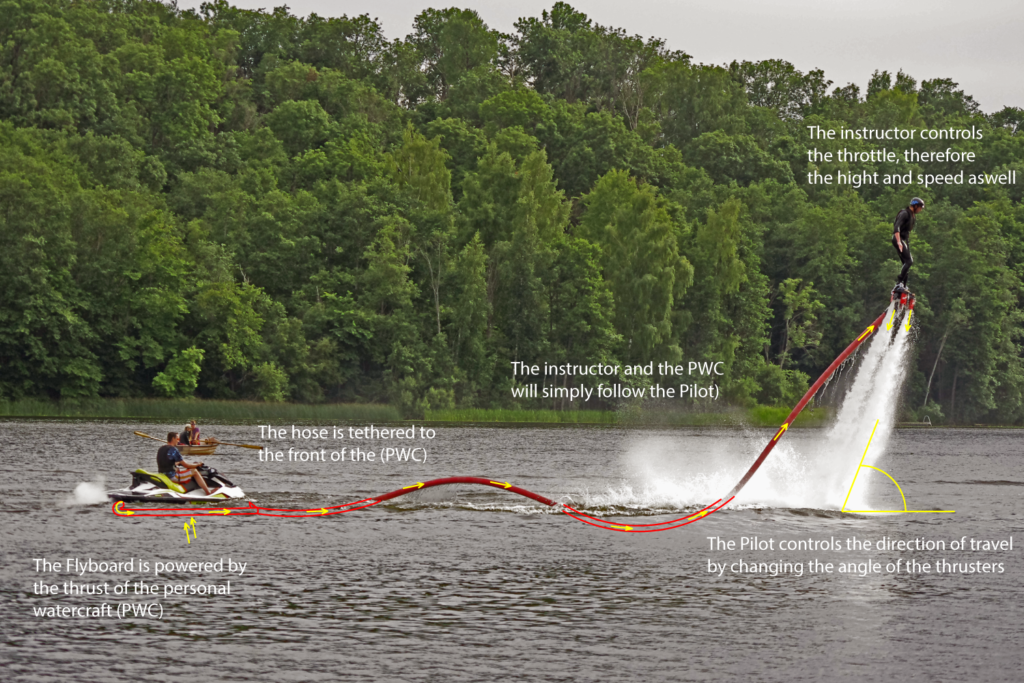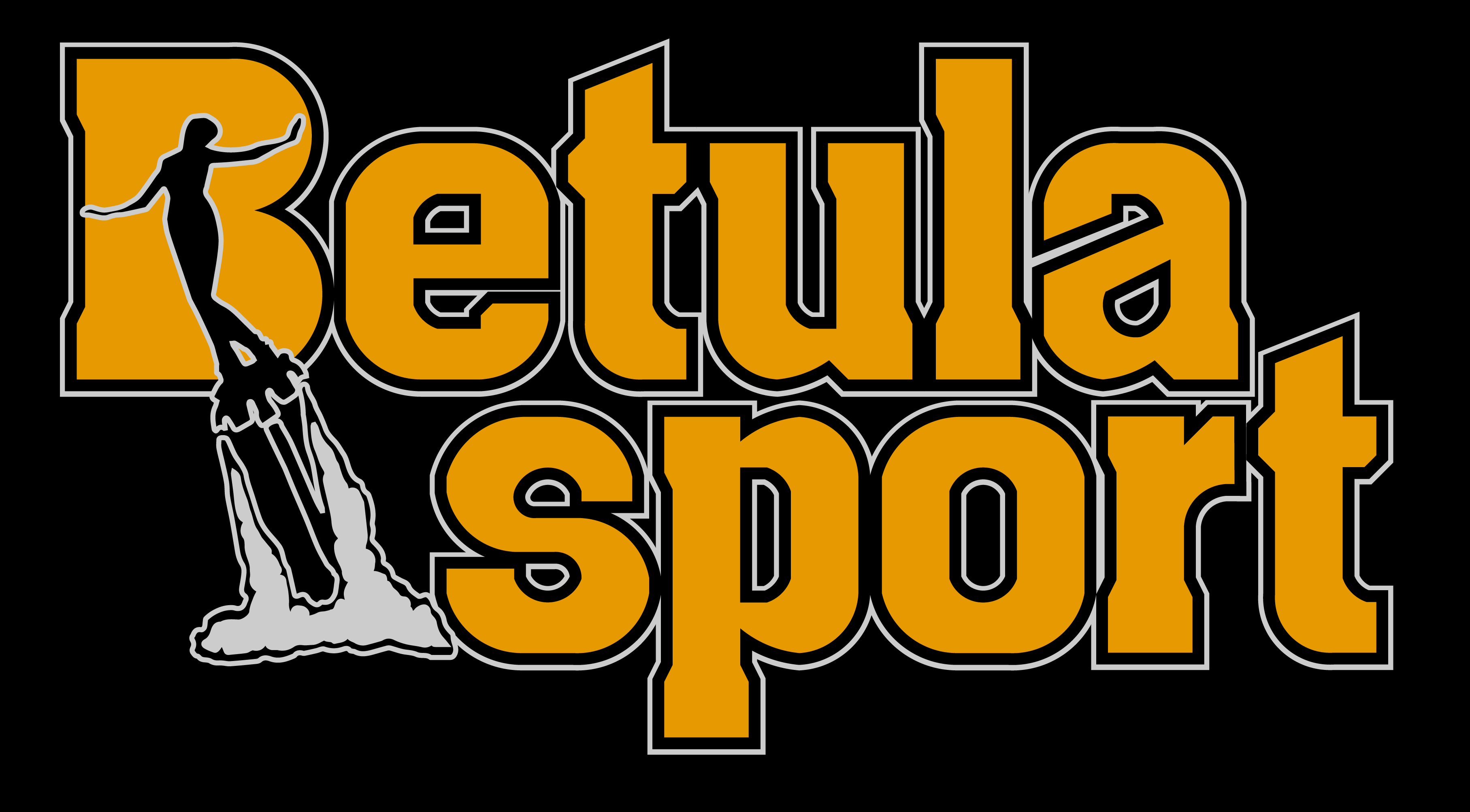Mandatory safety rules for the Flyboard pilot:
* It is required to wear a helmet and a Personal Floating Device, provided by us.
* The pilot of the Flyboard must be at least 18 years old.
* The pilot of the Flyboard must be sober.
* When you have had major injury in the past, let the instructor know before getting on the Flyboard
* Listen, observe and follow the guidance of the instructor constantly.
Bring Your own Swimwear. With warm water, all You need is a pair of shorts and a T-shirt.
In addition, we have calypsos for rent.
How to ride the Flyboard
You are the driver, the jet-ski is not maneuverable and just drags behind. When the boots are attached, you move on to the water until your backside does not reach the ground – the Flyboard and the vest keep you on the surface of the water.
Then turn your feet toward the shore. The instructor gives the power from the jet-ski, and the thrust from the Flyboard pulls you both on to deeper water. Once you have reached far enough, the instructor will drop the power and you turn yourself on your stomach.
Now, the goal is to get the Flyboard directly below you. To do that, keep your legs straight, lock your knees and push your toes straight. The Flyboard will then float itself under you, and you will slowly start to move forward in the water. Now raise your toes, so that the sole of the foot is parallel to the surface of the water. The instructor then gives more power and you rise to the surface of the water.
You should try to ride around the jet-ski.
When the tube goes straight, it usually pulls the driver back into the water.
When the tube gets crossed with itself, the water flow will be disturbed and the ride will be shaky.
The Flyboard moves forward when the toes are lowered.
The Flyboard moves back when the toes are raised.
For turning, it’s initially enough to turn the upper body in the desired direction.
There is no benefit to making sudden movements.

Falling is a natural part of learning. If you want to land lightly, then push your toes down and you descend into the water or just sit in the water. Once you’ve lost control, it’s most comfortable to fall head first. If you fall to the side, turn the face your upper body so that you face the water. If you fall directly behind you, you can also dive over your back. If possible, always fall away from the jet-ski.
